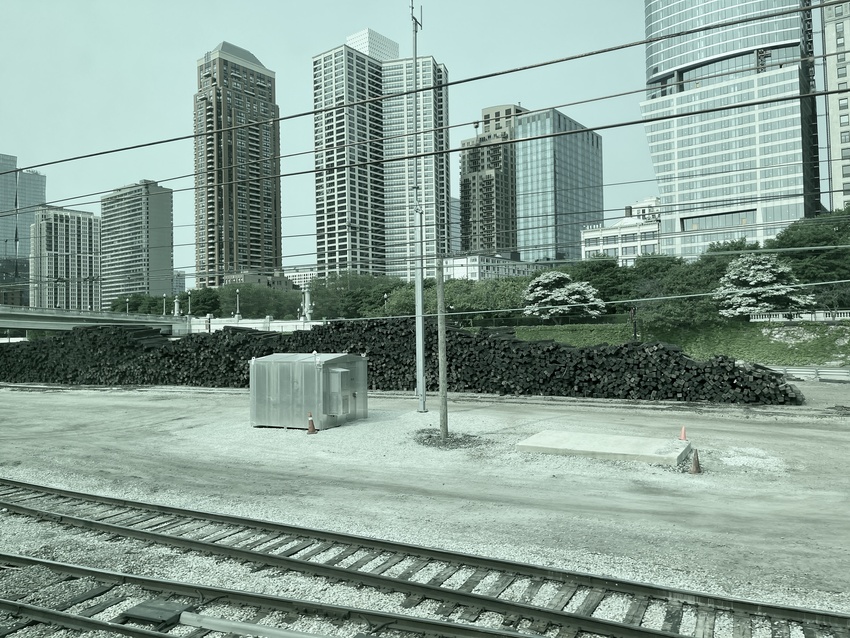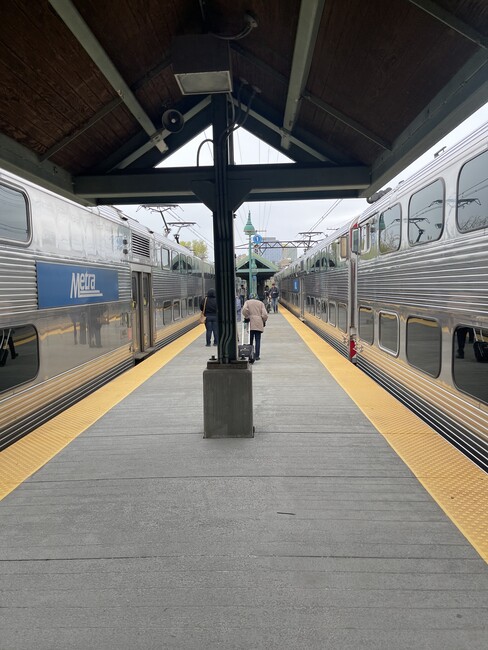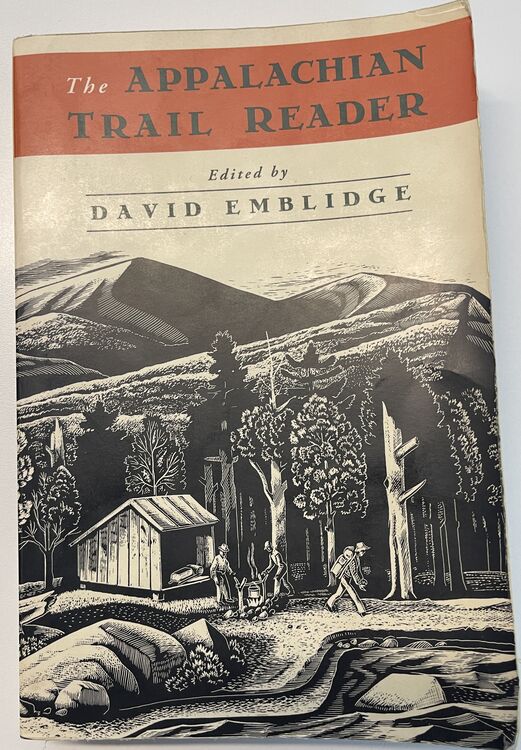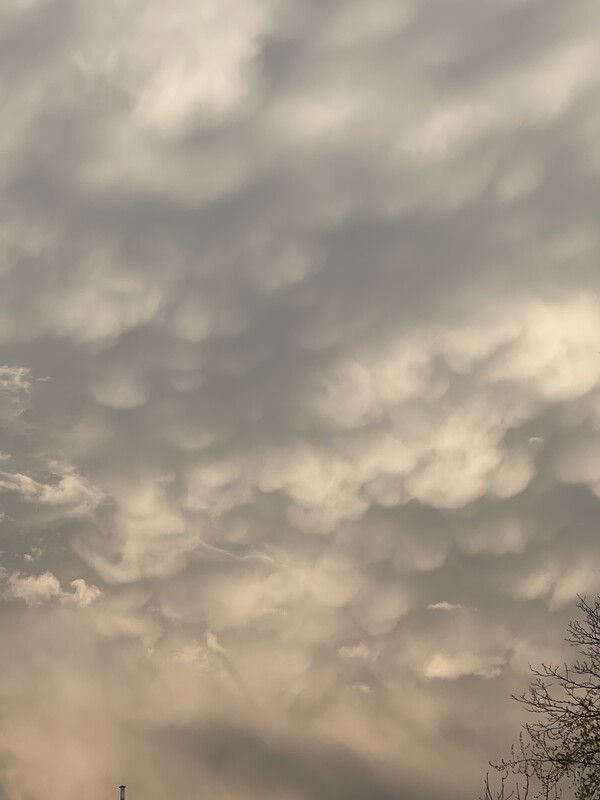Railroad Ties

Metra electric, on Chicago’s South Side, has been doing track work lately. I can’t be certain whether these will be added to the tracks or have just been removed, but they look weathered, like they have reached the end of their primary life. If so, they will likely be designated for use in landscaping projects. There is apparently a brisk secondary market for them; even the big-box home improvement stores sell them used, even though there has been some concern in the past that they are treated with creosote, a carbonaceous chemical that can cause cancer.
The railroad tie is one of those technologies that should inspire admiration for its simple persistence. Railroads have been going over 200 years, and this essential part remains mostly unchanged. Arguably it is not valued enough: in the U.S. rail travel and transport are an underutilized technology.
How much discarded technology also finds a second life? Most technological waste goes into landfills or is simply dumped, wherever, into the surroundings. A small part is concentrated in recycling facilities. Almost none of it becomes a simple tool, an ornament, that renaturalizes itself into an everyday object.








